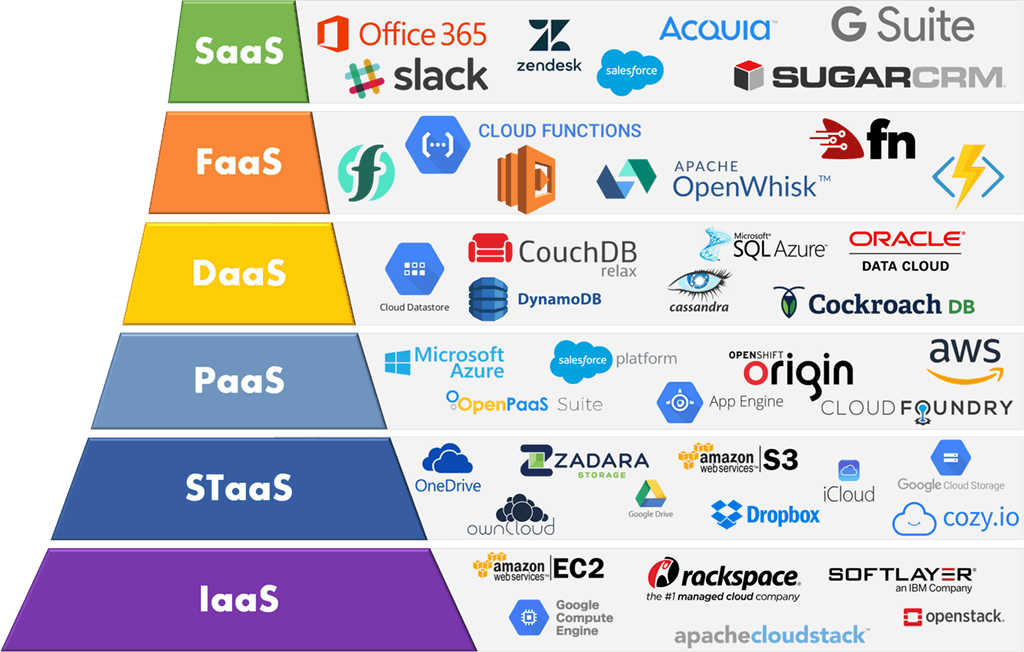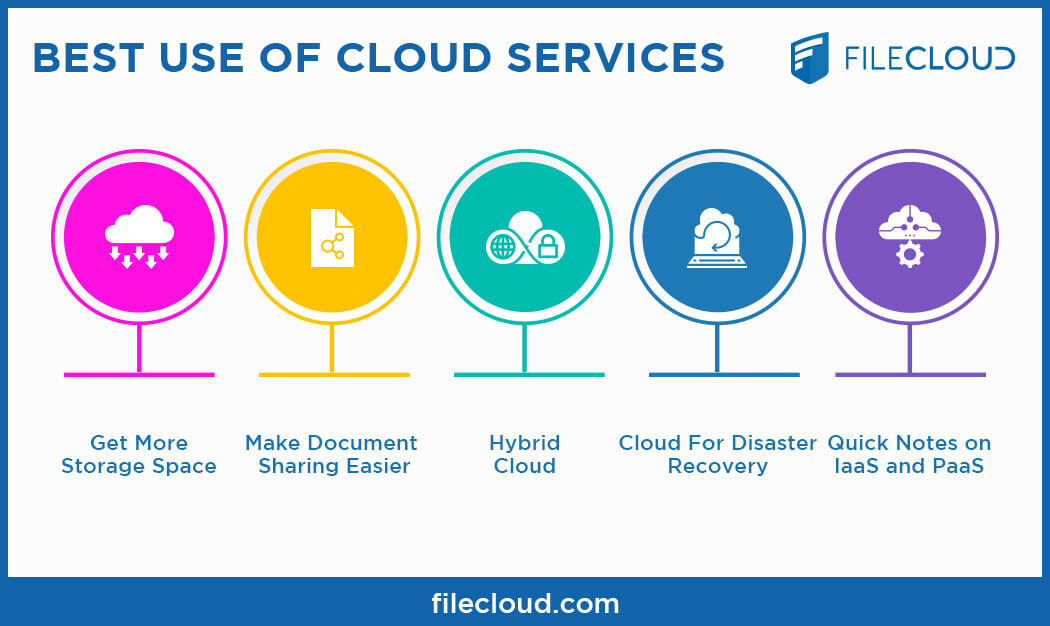Cloud Services: Optimize Your Workflow with Advanced Technology
Cloud Services: Optimize Your Workflow with Advanced Technology
Blog Article
Drive Technology: Harnessing the Power of Cloud Solutions
In the fast-paced landscape of modern company, taking advantage of the power of cloud solutions has become an essential element for organizations aiming to drive advancement and preserve a competitive side. The ability to scale sources dynamically, adopt cutting-edge modern technologies perfectly, and streamline development procedures efficiently can considerably affect a company's ability to adapt and innovate. As we explore the intricate connection in between cloud solutions and technology, appealing understandings on how cloud services transform typical organization practices and lead the method for groundbreaking developments will certainly be exposed.
Advantages of Cloud Solutions
Cloud services use many benefits to people and companies looking for efficient and flexible services for their electronic requirements. One of the essential advantages of using cloud services is the cost-effectiveness they offer. By relocating to the cloud, organizations can eliminate the demand for pricey on-premises equipment and upkeep costs, rather choosing for a pay-as-you-go design that straightens with usage. This scalability permits services to change sources based upon need, resulting in ideal price administration.
Furthermore, cloud services boost accessibility and collaboration amongst teams. With data kept in the cloud, workers can firmly access data and applications from anywhere with an internet connection, promoting remote work capabilities and improving productivity. Real-time cooperation attributes allow numerous users to work with papers simultaneously, promoting seamless team effort no matter physical place.
An additional benefit of cloud services is the enhanced information safety and security and disaster recovery they supply. Cloud companies execute advanced safety and security measures to secure data from cyber hazards, making sure conformity with market laws. Furthermore, automated back-ups and healing options lessen the threat of information loss because of unanticipated events, giving assurance to users.
Cloud Migration Techniques
Transitioning to shadow services entails careful planning and tactical execution to make certain a smooth and effective movement procedure. There are several cloud movement methods that organizations can take into consideration when relocating their procedures to the cloud. One typical strategy is the 'Rehost' strategy, where applications are raised and moved to the cloud with marginal changes. This approach is quick yet might not completely optimize cloud benefits. The 'Replatform' approach involves making some cloud optimizations throughout migration, such as upgrading the application style to capitalize on cloud-native attributes. Cloud Services. For a much more detailed transformation, the 'Refactor' technique entails rearchitecting applications to be cloud-native, boosting scalability and performance. Furthermore, the 'Repurchase' strategy entails replacing existing software with cloud-based options, while the 'Retire' approach involves deactivating redundant applications. Selecting the right movement approach depends on factors like expense, timeline, and wanted end results, needing a careful evaluation of each option's advantages and obstacles.
Enhancing Collaboration in the Cloud
Enhancing team collaboration with cloud-based tools can significantly boost efficiency and simplify interaction within organizations. By leveraging cloud solutions, groups can function together seamlessly no matter of their physical areas, making it possible for real-time partnership on tasks.
Security Factors To Consider for Cloud Adoption
Just how can organizations ensure the durable safety of their information when embracing cloud solutions? Security factors to consider are critical in the adoption of cloud solutions. To guard data, organizations should initially conduct an extensive threat analysis to recognize possible vulnerabilities and hazards. Carrying out strong file encryption techniques for information both en route and at rest is vital. Access control devices ought to be implemented to restrict unauthorized entrance, and multi-factor verification can add an extra layer of security. Regular protection audits and surveillance of Bonuses the cloud environment Learn More Here assistance in identifying and alleviating any security breaches promptly.

Cloud-Native Innovation Practices
In the realm of cloud computer, accepting cloud-native development techniques is crucial for organizations making every effort to maximize their electronic framework and boost operational performance. Cloud-native advancement techniques entail developing applications especially for cloud environments, leveraging the scalability, adaptability, and dexterity that cloud solutions offer. Deliberately applications with cloud-native principles in mind, such as microservices architecture, containerization, and orchestration, organizations can simplify their advancement processes, boost source usage, and respond a lot more properly to transforming market demands.
Furthermore, cloud-native technology practices advertise continuous combination and continual distribution (CI/CD) pipes, enabling automated testing, deployment, and monitoring of applications. This repetitive approach cultivates faster technology cycles and improves total software application high quality. In addition, using serverless computing and handled services enables organizations to concentrate on developing core organization performances while offloading framework monitoring tasks to cloud provider.
Essentially, embracing cloud-native innovation methods encourages organizations to drive development, speed up time-to-market, and remain competitive in today's quickly evolving digital landscape.
Verdict

As we discover the intricate partnership between cloud services and advancement, appealing insights on how cloud services reinvent conventional business methods and pave the method for groundbreaking advancements will be disclosed. - linkdaddy cloud services press release
There are numerous cloud migration strategies that companies can think about when moving their operations to the cloud. Cloud-native advancement practices involve creating applications especially for cloud atmospheres, leveraging the scalability, adaptability, and dexterity that cloud services supply. Furthermore, the usage of serverless computing and handled services allows organizations to concentrate next on establishing core business capabilities while offloading framework management tasks to cloud service companies.
It is vital for firms to take into consideration cloud migration approaches, improve cooperation in the cloud, and focus on safety measures to ensure successful fostering of cloud services and drive advancement within their organization.
Report this page